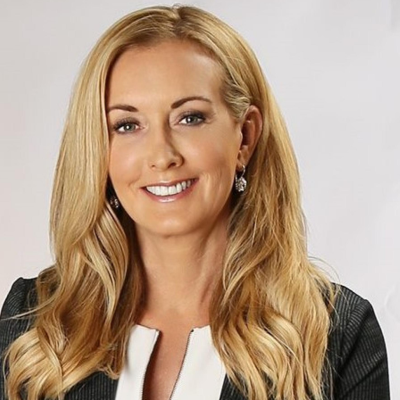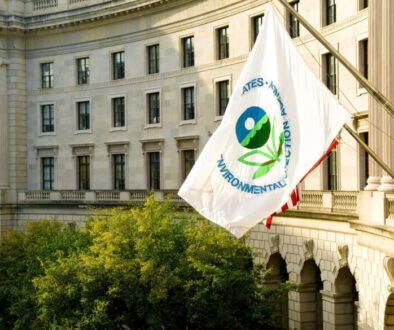EPA’s move to greenlight controversial dicamba herbicide sparks outrage
In the latest reversal of US environmental protections, regulators said this week that they plan to approve a trio of new herbicide products made with dicamba, a controversial chemical that has wreaked havoc across farm country, sparked years of litigation and twice drawn court-ordered bans.
The Environmental Protection Agency (EPA) released a proposed decision dated July 22 stating it sees more benefits than risks in allowing three dicamba products made by agrochemical industry giants Bayer, Syngenta and BASF to be used by farmers growing cotton and soybeans genetically altered to tolerate dicamba.
Public and environmental health advocacy groups attacked the decision, saying it ignores established evidence that dicamba is prone to drift away from where it is sprayed, particularly in warm temperatures, and the potent herbicide has damaged millions of acres of crops, orchards and landscape where it was never intended to be applied.
They also say the decision smacks of political favoritism, coming shortly after a former soybean industry lobbyist was named deputy assistant administrator for pesticides in the EPA’s Office of Chemical Safety and Pollution Prevention.
But the EPA said that cotton and soybean farmers are struggling to kill weeds that threaten the health of their crops because the weeds have become resistant to other types of herbicides. Dicamba products are needed to protect those important industries, the EPA said.
In its assessment, the EPA notes that the US cotton industry “accounts for more than $21 billion in products and services annually,” and says the annual soybean harvest is valued at roughly $57.6 billion.
The EPA said it was working with BASF, Syngenta and Bayer to include several restrictions on product labels aimed at reducing risks, both to people spraying the chemicals and certain endangered and threatened species, and to “sensitive crops and certain plants downwind.”
Still, critics railed against the decision.
“Trump’s EPA is hitting new heights of absurdity by planning to greenlight a pesticide that’s caused the most extensive drift damage in US agricultural history and twice been thrown out by federal courts,” Nathan Donley, environmental health science director at the Center for Biological Diversity, said in a statement. “This is what happens when pesticide oversight is controlled by industry lobbyists. Corporate fat cats get their payday and everyone else suffers the consequences.”
Bill Freese, science director at the Center for Food Safety, urged EPA officials to withdraw the plan.
“If we allow these proposed decisions to go through, farmers and residents throughout rural America will again see their crops, trees and home gardens decimated by dicamba drift, and natural areas like wildlife refuges will also suffer,” Freese said in a statement.
Dicamba was introduced to American agriculture in 1967, but was not widely used during warm months because it was known that the chemical can volatilize and move long distances when temperatures climb. That changed when Monsanto and BASF developed dicamba-tolerant GMO crops to be used with new dicamba herbicides after widespread use of Monsanto’s glyphosate herbicide on genetically altered glyphosate-tolerant crops caused millions of acres of weeds to develop glyphosate resistance.
Last year, a federal court found that the EPA violated the law in approving the three new dicamba herbicides. In 2020, a separate federal court found that the EPA had rendered flawed analyses and “substantially understated” risks associated with the dicamba herbicides.
Internal corporate documents show that Monsanto, which Bayer bought in 2018, and BASF were well aware that the combination of their dicamba-tolerant genetically altered crops and dicamba herbicides would likely lead to damage across many US farms not buying the specialty crops and chemicals.
The documents also lay out how Monsanto opposed third-party product testing as a way to limit data that might worry regulators.
The decision on dicamba is one of many moves made since President Donald Trump took office to overturn or otherwise undo dozens of environmental restrictions. So far, the Trump administration has undertaken more than 140 actions to reverse rules protecting the environment, according to an analysis by The Guardian.
(Featured image by Karl Wiggers on Unsplash.)




